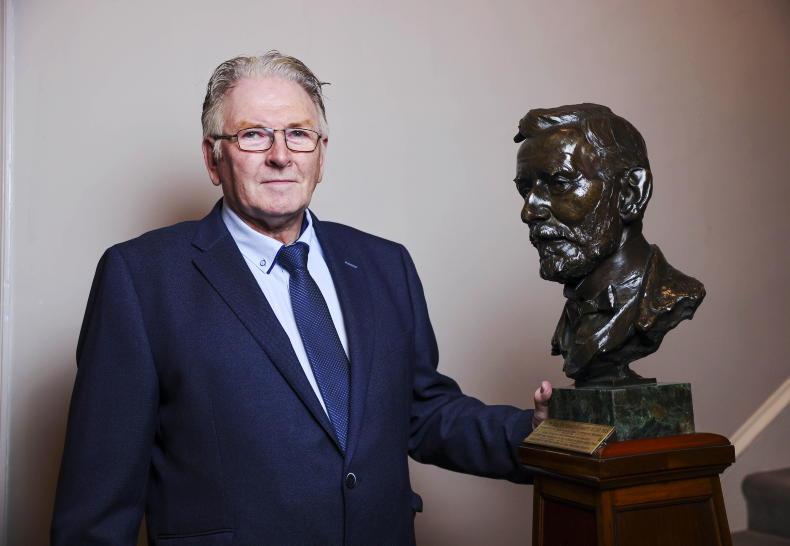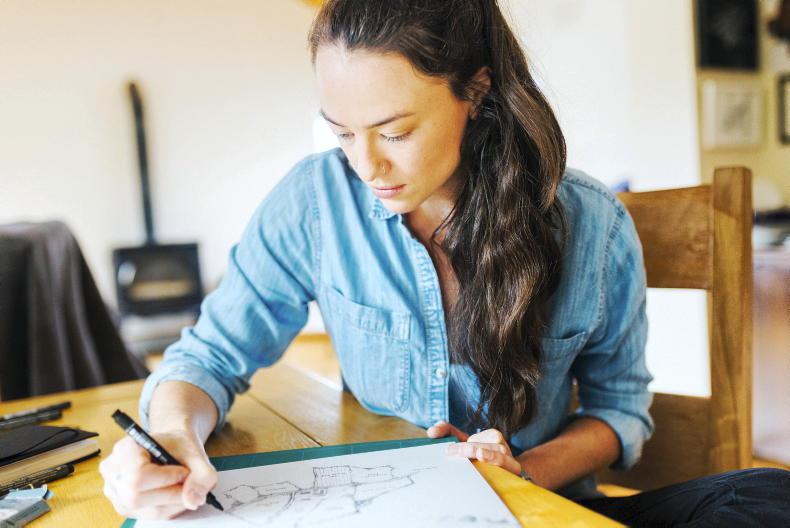It is incredible to think that August 2021 is the 150th anniversary of the birth of Jack B Yeats. The renowned painter came into the world at 23 Fitzroy Road, London, the last child of the artist John Butler Yeats and his wife Susan (née Pollexfen).
Jack B Yeats spent his early years moving with his family between London, Dublin and Sligo as his father struggled to establish himself as an artist.
From 1879 to 1887, he lived in Sligo with his maternal grandparents and today, in that town, there exists a sizeable number of pieces of his work at The Model, currently home to a pair of exhibitions of his work.
He rejoined his family in London in 1887 in order to begin his art training at the South Kensington School of Art, and then at the Chiswick School of Art. It was at the latter that Jack met his future wife, fellow student Mary Cottenham White, better known as Cottie. They married in Surrey in 1894 and, three years later, settled in the coastal village of Strete in Devon.
Jack began his artistic career in the 1890s as a black-and-white journalistic illustrator for various publications, alongside carrying out design work for Allen and Sons in Manchester. Following his move to Devon in 1897 Jack decided to focus on working in watercolour, holding his first exhibition, on the theme of Devon life, at the Clifford Gallery, London in that same year.
Jack and Cottie moved to Ireland in 1910, settling first in Greystones, Co Wicklow until 1917, followed by 61 Marlborough Road, Donnybrook, Dublin and finally, in 1929, to 18 Fitzwilliam Square, Dublin, where they lived for the remainder of their lives.
His move to Ireland coincided with Jack’s beginning to concentrate on painting in oils. His early paintings share the realistic approach of his graphic work, and largely concentrate on scenes of rural and urban life, especially of his beloved Sligo. Yeats’s style changed radically in the late 1920s.
He experimented more with colour and used larger canvases, embracing expressionism. The subject matter of his later paintings is more obscure, although the work remains figurative, and for me is the work that really defines him.
His favourite subjects to paint were the Irish landscape, horses, the circus and travelling players. His later works often combine many or all of these elements and are very vibrant.
Alongside painting, Yeats produced a considerable amount of work for publication, including the illustrations for JM Synge’s 1907 book The Aran Islands. In addition, he published a number of plays for miniature theatre, a collection of short stories for children as well as several plays and novels. He designed sets for the Abbey Theatre where a number of his plays were performed.
A brother of Willian Butler Yeats, Jack died in March 1957 at the age of 85.
Yeats’s personal archive is located in the National Gallery of Ireland, and includes the artist’s sketchbooks which document over 50 years of his career. Many of the major Irish galleries and museums house some of his work, as they are hugely popular with art lovers.
As we are about to embark on the Olympic Games in Japan, it is worth remembering that for a time the arts featured at the Games, and Jack B Yeats was the recipient of a silver medal in the art competition in Paris in 1924. He thus has the distinction of being Ireland’s first Olympic medal winner following the establishment of the Irish Free State.








SHARING OPTIONS